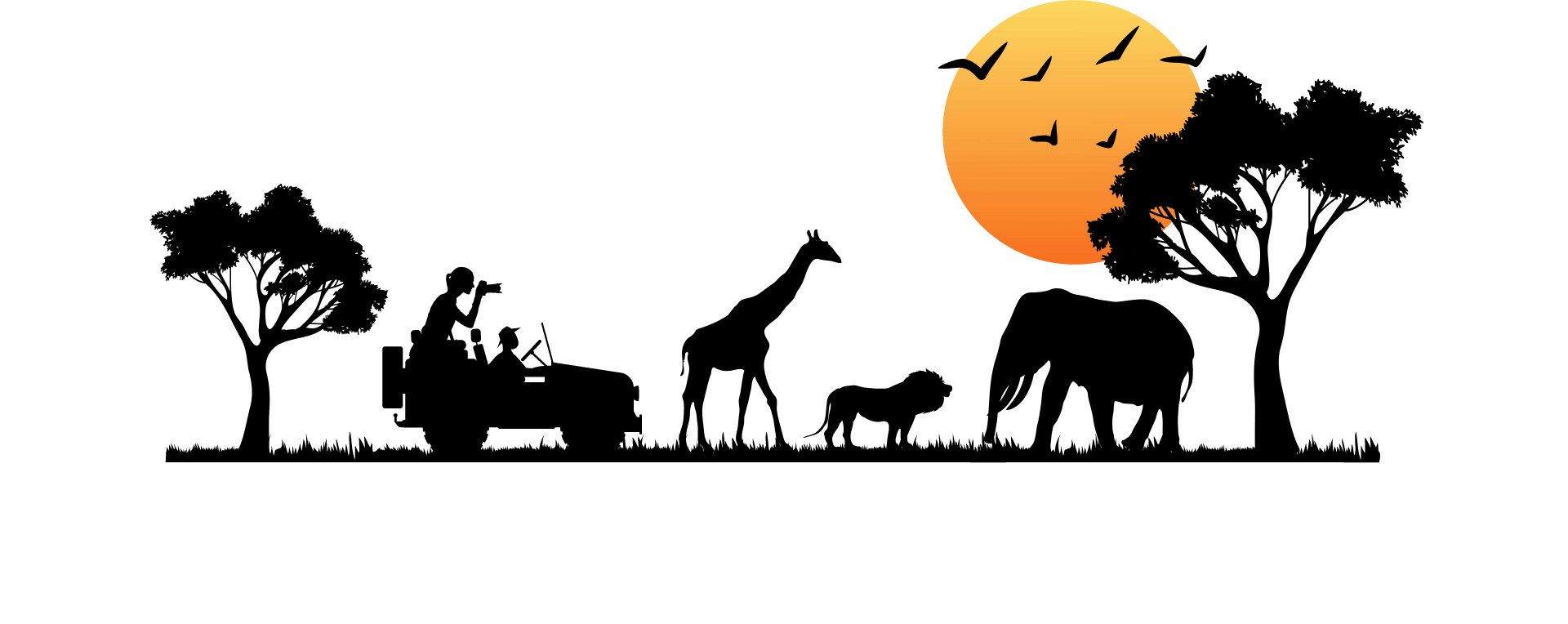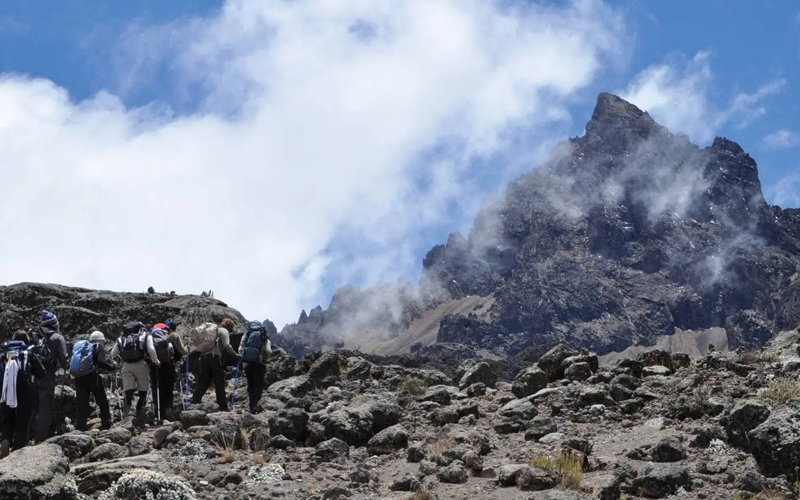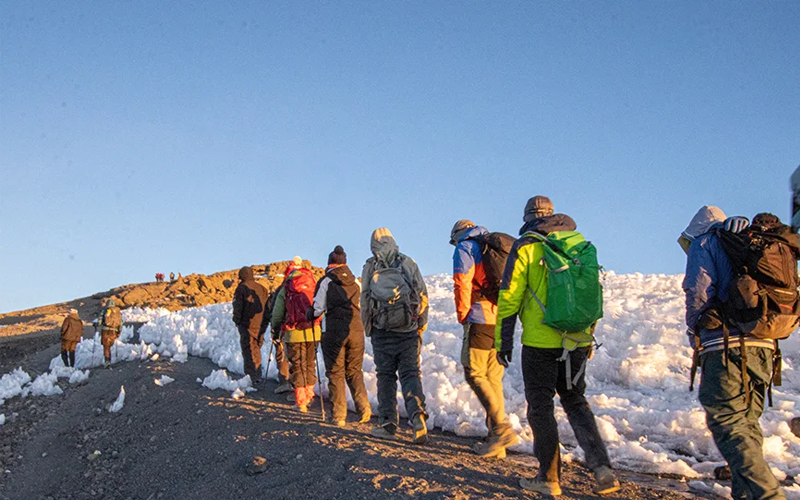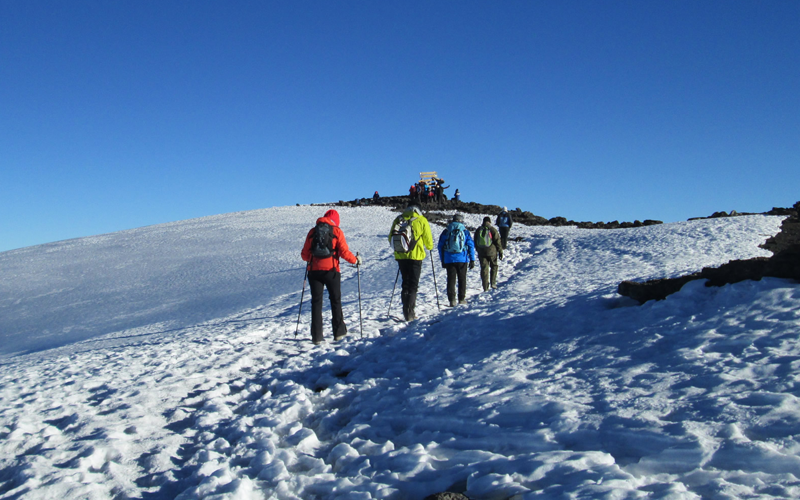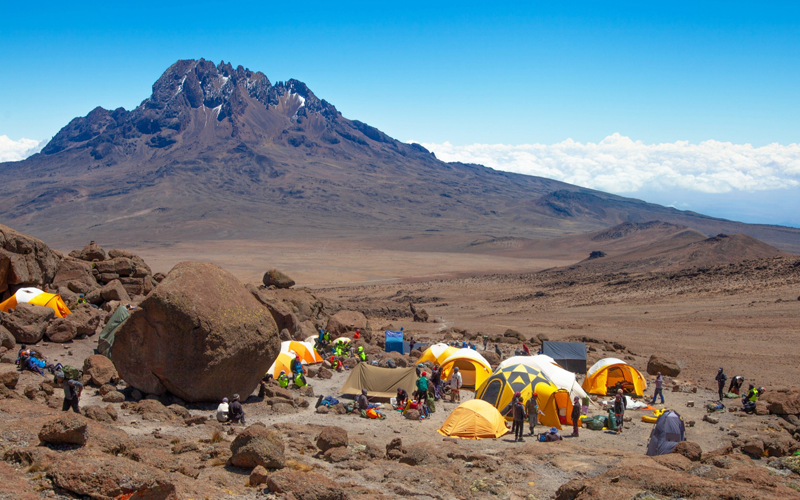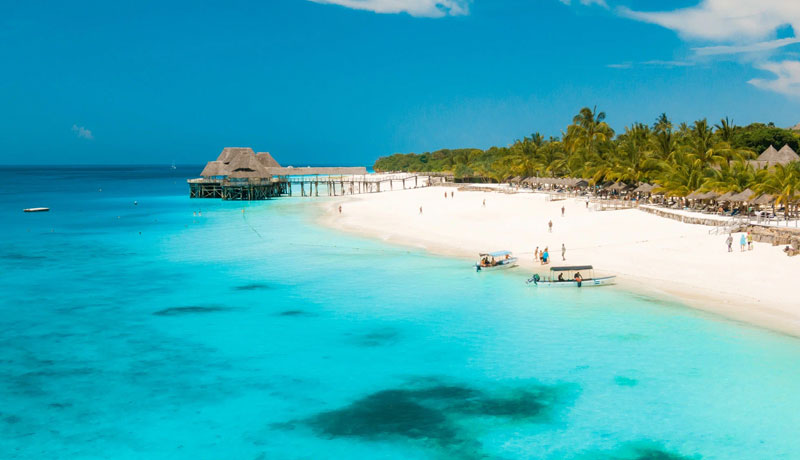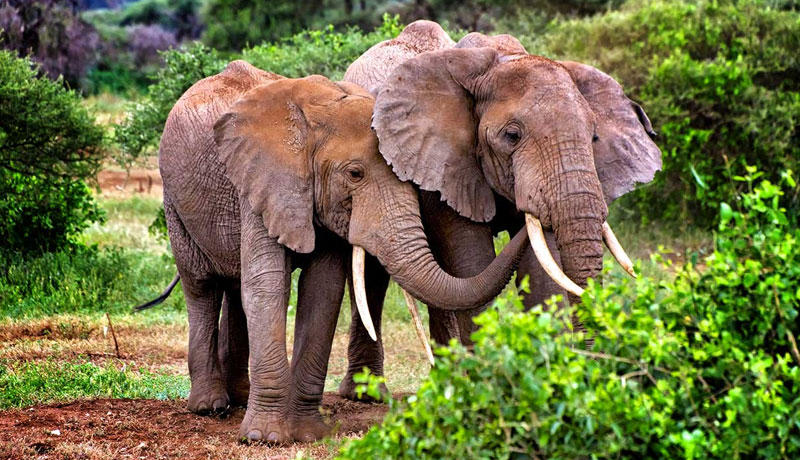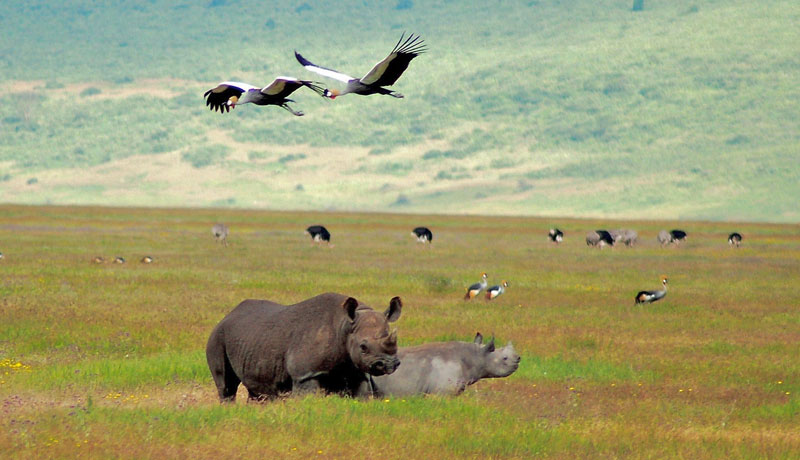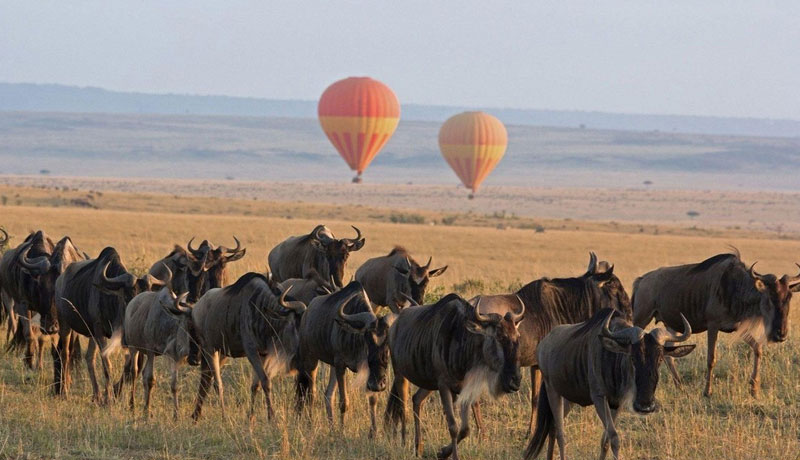Tour Info
-
5 Star Hotel
-
Tanzania
-
Guided Tour
-
English
Tour Details
Join the guides at Orongai Africa Safaris and climb to the top of the stunning Kilimanjaro in Tanzania via the beautiful Rongai Route.
Would you like to discover an alternative route to the top of Kilimanjaro? Then join this amazing Rongai Route Kili ascent and enjoy an unforgettable 7-day adventure in Tanzania.
The Rongai Route, near the Kenyan border, is a great alternative route to reach the top of the stunning Kilimanjaro, which stands tall as the highest mountain in Africa at an altitude of 5,895 m (19,341 ft) . This route approaches the summit from the less forested north face and is a great alternative for those that prefer to climb a less crowded route to the top of Kili. This route is also less steep and less rainy than other routes up this famous mountain.
Keep in mind that you will need a good fitness level to climb Kilimanjaro. Prior mountaineering experience is also a plus. Of course, we will be there every step of the way to help and guide you to the top of the stunning Kilimanjaro!
So, are you ready to climb the highest mountain in Africa? Then book your place now and join us on this 7-day Rongai Route ascent!
Tour Highlights
- Climb to the top of Africa's highest mountain.
- Approach the Kilimanjaro summit from the north side.
- Take a less crowded route to the top of Kilimanjaro.
